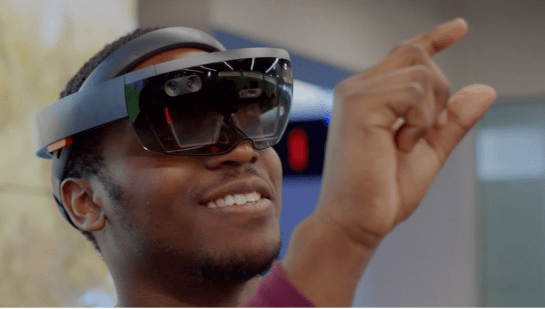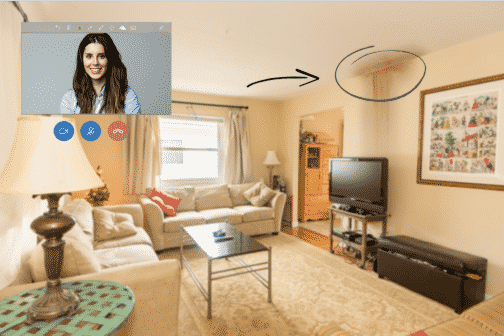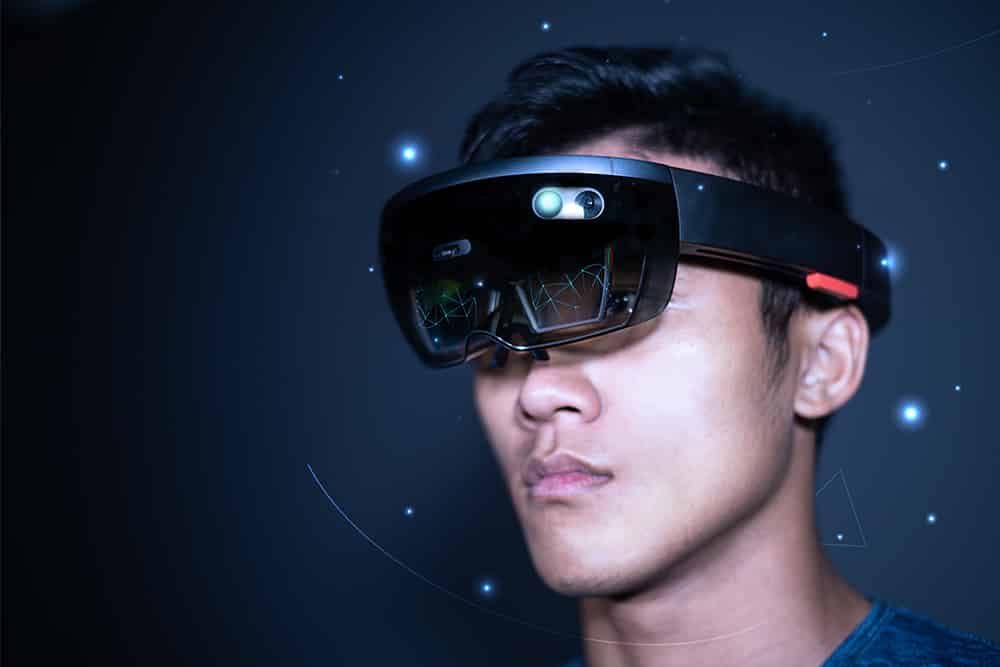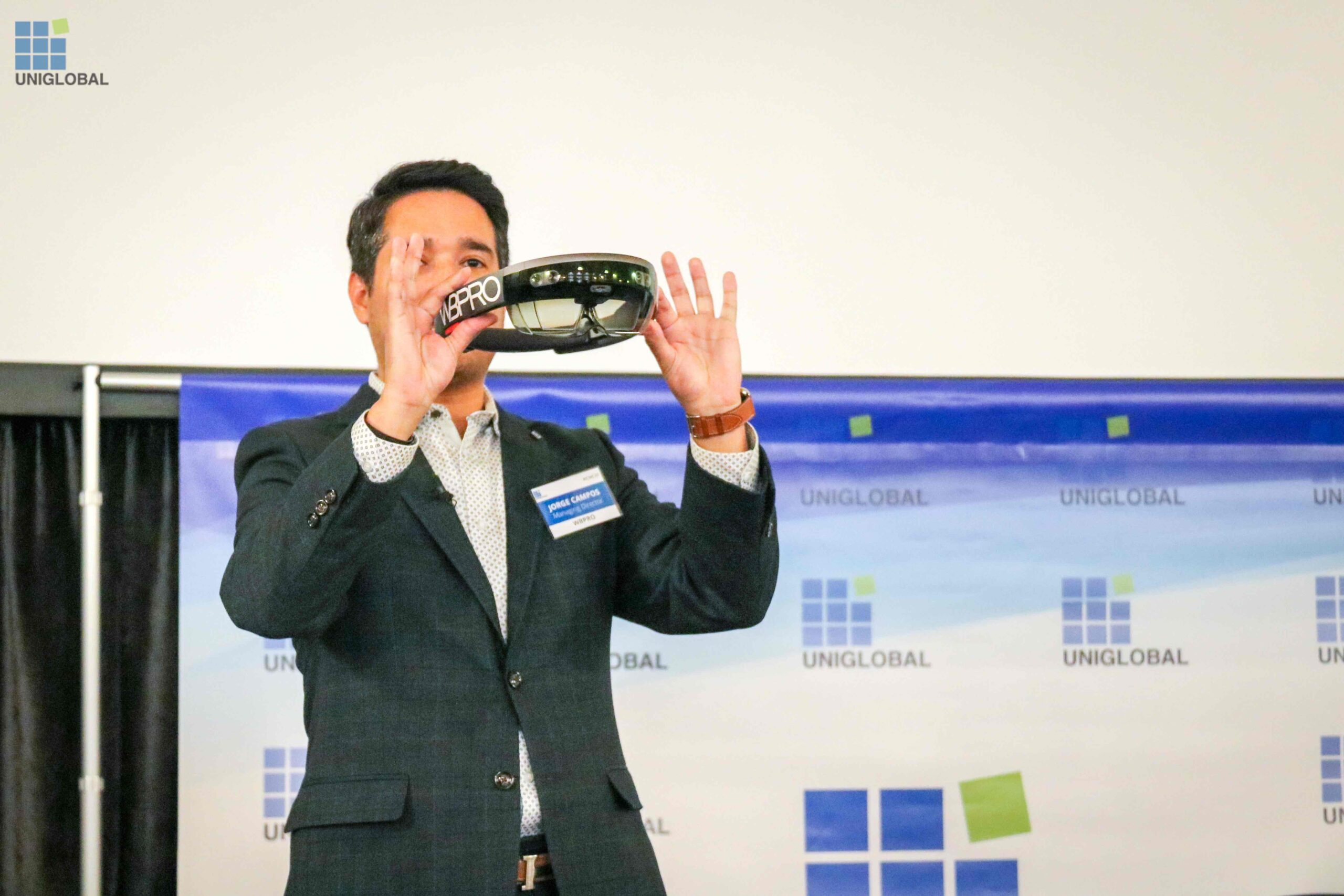In the face of a global health crisis, educators all over the world are left with no choice but to turn to different technologies to continue teaching students and mimic a classroom setting. Fortunately, with how advanced technology has become, educators now have access to the IoT that can significantly enhance the students’ learning experience. One of these technologies is augmented reality (AR).
Even before the pandemic, some educational institutions had already begun incorporating AR into their curriculum, and for very good reasons. Not only has AR proven effective in motivating students, helping them retain information better, and providing opportunities for sensory development, it can also enhance the students’ learning process and improve lessons. In this article, we will talk about a few of the numerous applications of Augmented Reality in education industry. With Microsoft HoloLens students can dive deeper into every subject with the immersive and engaging power of Mixed Reality.
AR for Anatomy
As the pandemic continues to change the conduct of our day-to-day lives, now, more than ever, kids have to learn about how to keep themselves healthy. There is no better way to do this than by helping them understand how their body functions from the inside. Through AR apps, students will be able to see (in 3D) and interact with some of the most essential organs within the human body. Different applications like Anatomy 4D and Curioscope can help kids see how organs inside the body are arranged and how they work together to perform certain tasks. Medical practitioners in the making can also gravely benefit from the interactive learning AR offers. In some countries, like Australia, medical students are utilizing AR to manipulate anatomical structures, develop a deep understanding of said structures, and conduct self-directed learning.
In 2018, West Coast University began exploring new technology by partnering with Microsoft to immerse students into the exciting world of augmented reality. WCU Chief Information Officer Segar Annamalai said the primary reason to introduce the HoloLens was to improve student learning opportunities by providing an innovative, individualized experience that met the needs of visual learners. Introduction of Augmented Reality in education has completely transformed the learning, AR (augmented reality) is the gateway to that future.”
“There’s been between a one- or two-letter grade improvement from pre-test to post-test scores. Students at WCU-Los Angeles had a 10 percent improvement in test scores compared to last year when there was no AR.”
– Segar Annamalai, Chief Information Officer, WCU-Los Angele
AR for Circuit Design
The process of circuit design can be an incredibly complex venture for both students and experts alike. The ability to view PCB designs online can help remote teams troubleshoot any issues and collaborate on projects from around the world. Certain apps have been developed to help simplify the design process by adding CAD information from a circuit design along with a live image of a PCB, making it easier to inspect and isolate various layers and components. Aside from being used to simplify and make the process of circuit design easier to understand, the use of Augmented Reality in education also facilitates better retention of complex technical concepts. In fact, a recently published study found that AR provides engineering students with new and challenging opportunities to tie in theory to practice and acquire authentic skills in their professional areas.
Image Source: Microsoft HoloLens
AR for Soft Skills Training
All of us are collectively going through some tough times, although in varying degrees. The current situation of the world calls for individuals who are well-equipped with skills that will help them be better at empathizing and sympathizing with others, and believe it or not, AR can be an incredible tool for this. With its ability to provide real-time environments with computer-based programs that give verbal feedback, gesture gaze, and body postures (much like a real person), AR can assists professionals in acquiring different soft skills such as communication, listening, negotiating, public speaking and much more. In addition to this, using AR in teaching soft skills can help cut costs, offer greater convenience, provide opportunities for incremental improvement and real-life practice, and encourage a higher level of engagement.
As the world settles into a new normal, different technologies can be extremely helpful in educating different kinds of people from little kids, school children, and college students to professionals.
Final Thoughts
Converting physical static training rooms into an interactive, immersive, and mixed reality experience using Microsoft HoloLens App Development is the future of Education. Mixed Reality breaks through emotional barriers so students can experience life from new perspectives. With this immersive technology, we can create a setting for learners to collaborate and give them access to once out-of-reach experiences.
Written exclusively for WBPRO by Kelsey Reynolds





